“Alistair – These are pictures of my Mine and the rest so far. You don’t need to publish, just wanted to show you what that river runs through. All the rocks are natural, and the bridges are all hand built using 2 sizes of match sticks.
Thanks again,
Thomas”
“Hi Alastair
A model train tip that will save a lot of frustration: Leave room around your baseboard so you can reach track and rolling stock on top and wiring underneath. In a confined space make an operator hole in the baseboard to achieve the same object. I recently designed a new baseboard and discovered that I would not be able to reach the wiring.
Best wishes
Geoff”
And Thomas has just sent in another update too! Watch this space.
Latest ebay cheat sheet is here.
Best
Al
PS Want three times the content? No ads? And to search through the archives – that’s every post I’ve ever done. You need the Golden Key.
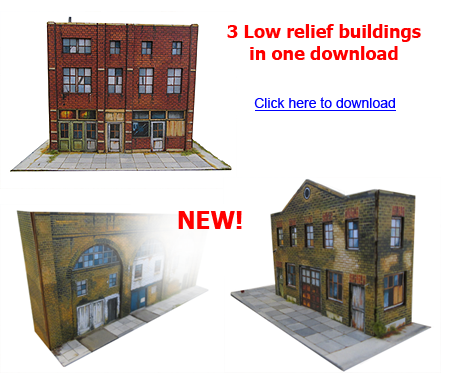
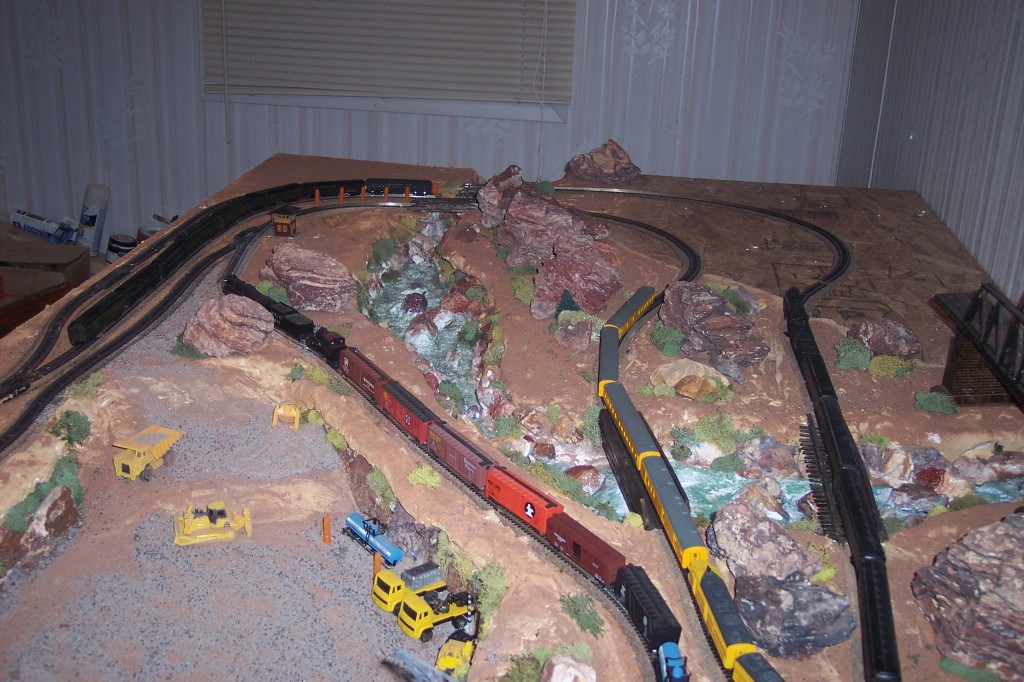
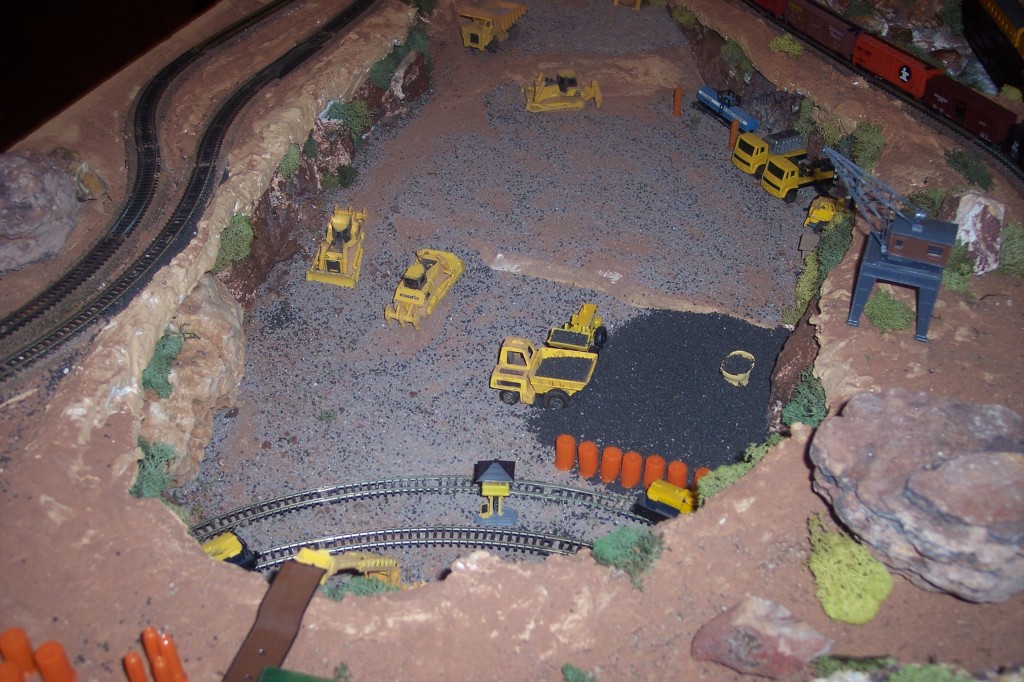
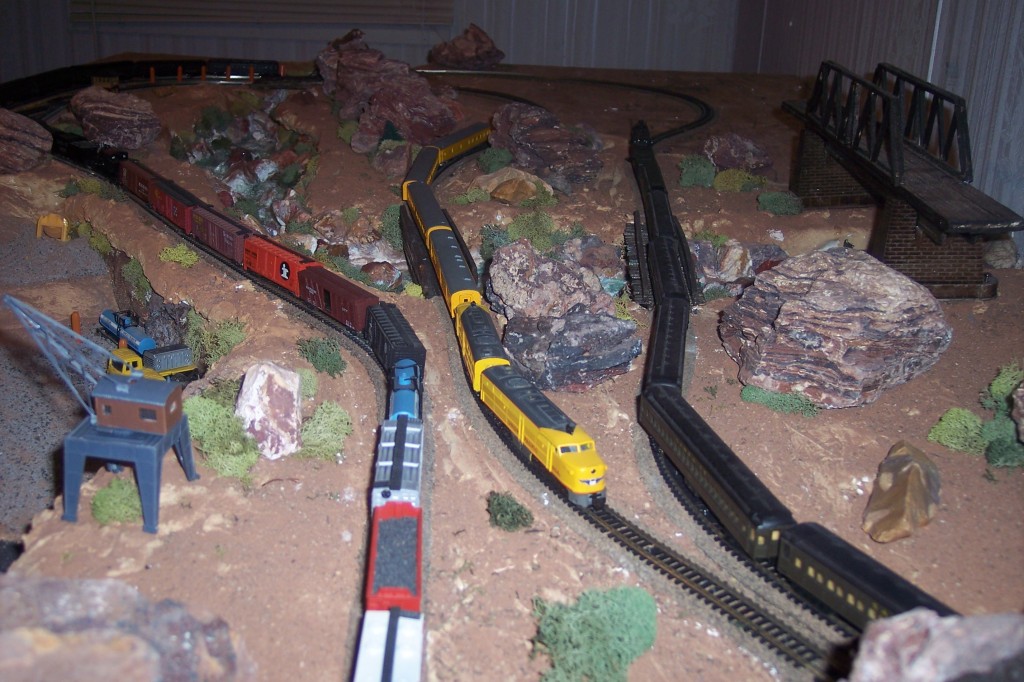
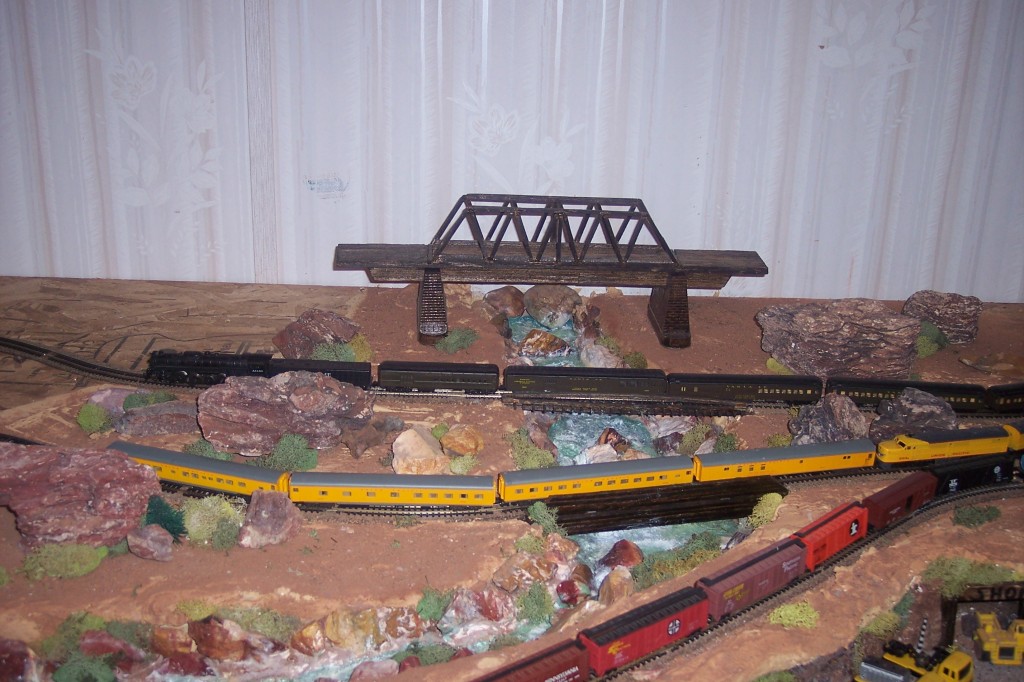
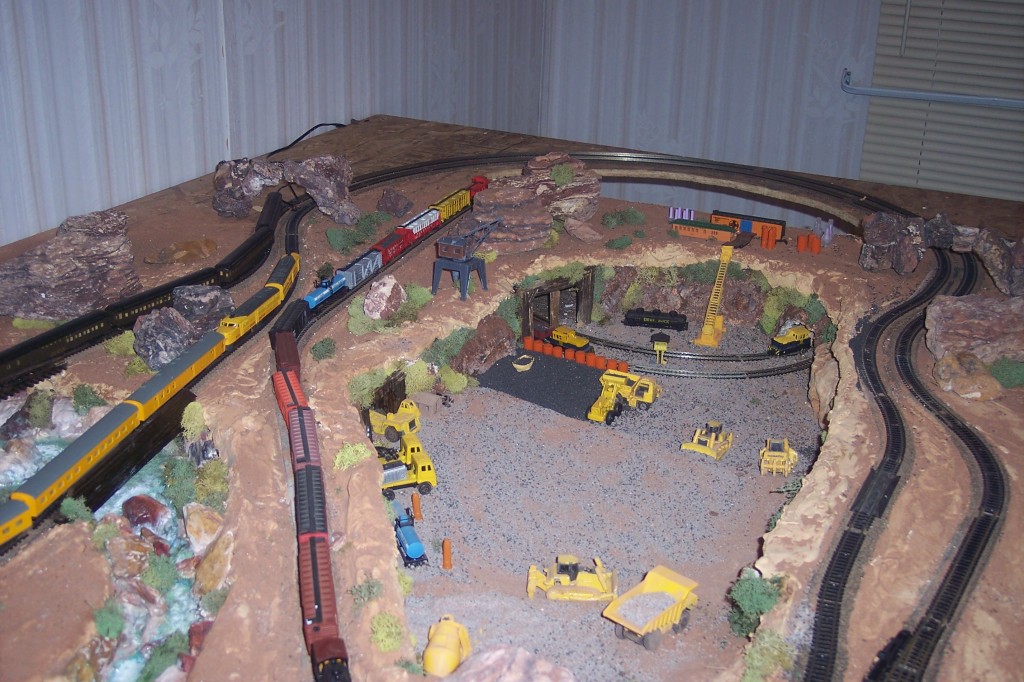

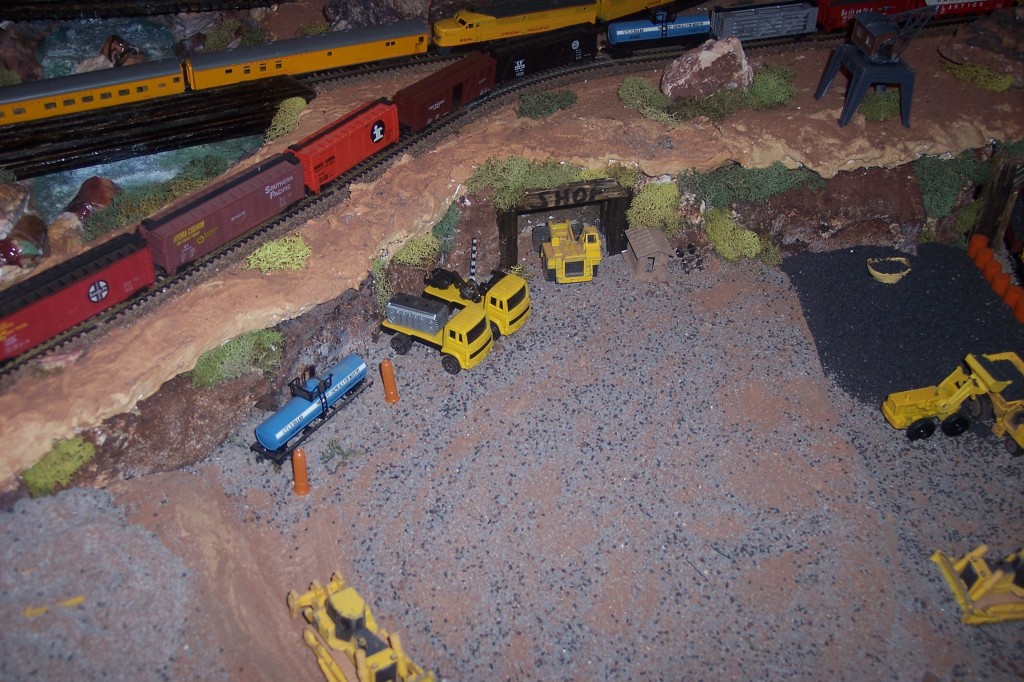
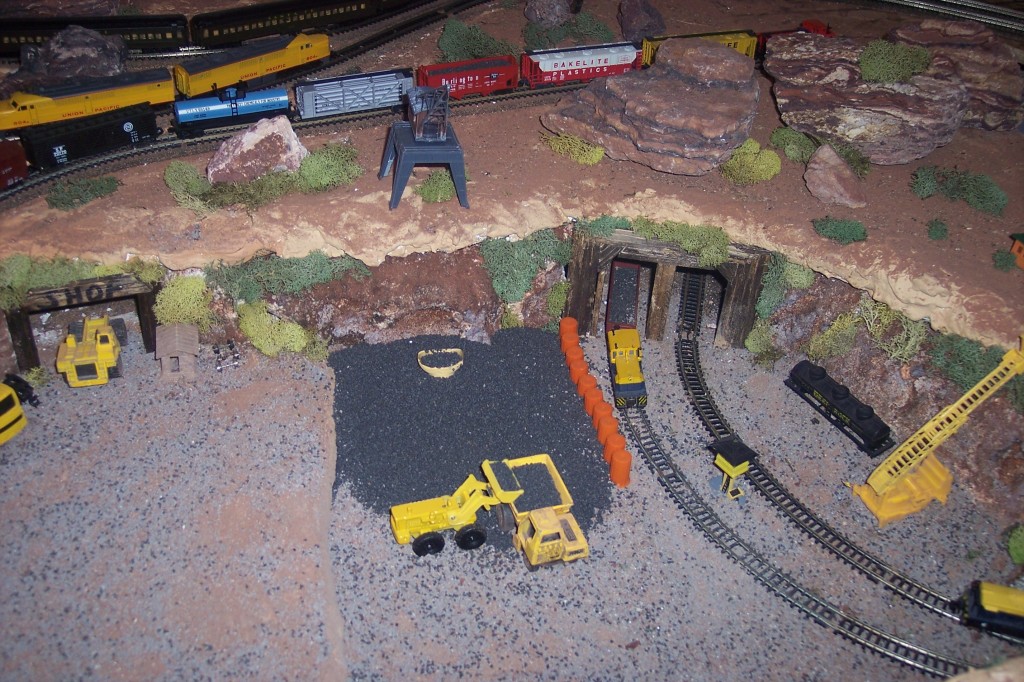
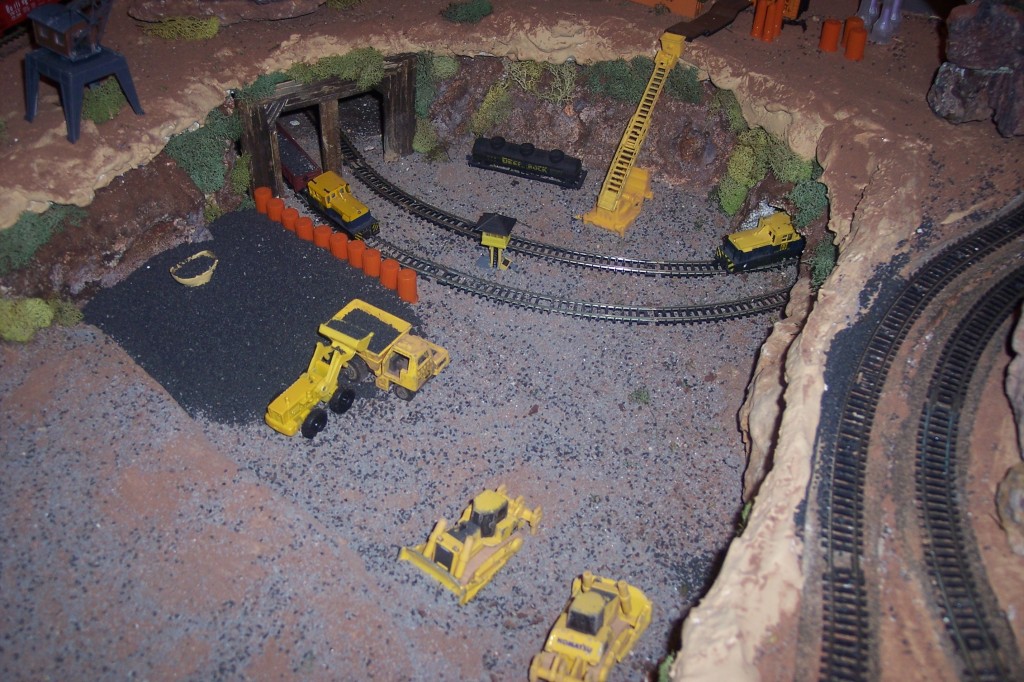


I read the short piece by Hans and got a bit concerned about his use of Zonolite. As far as I know, Zonolite has an asbestos content that it is a health hazard.
pretty cool little pike Thomas….the mine is especially special…LOL…and the ‘proposed’ link w the bridge just sitting there…the tip about zonolite is a good one….recyclable building materials are always good for the finances!! wanna see the next issue…!!
Zonolite does contain asbestos. Probably not wise to use it unless it is guaranteed not to contain asbestos.
Although not all vermiculite contains asbestos, some products were made with vermiculite that contained asbestos until the early 1990s.[4] Vermiculite mines throughout the world are now regularly tested for it and are supposed to sell products that contain no asbestos. The former vermiculite mine in Libby, Montana, did have tremolite asbestos as well as winchite and richterite (both fibrous amphiboles) — in fact, it was formed underground through essentially the same geologic processes as the contaminants.
Pure vermiculite does not contain asbestos and is non-toxic. Impure vermiculite may contain, apart from asbestos, also minor diopside or remnants of the precursor minerals biotite or phlogopite.
A nice looking layout that you have there, Thomas. We see a lot of city scenes, country scenes, several industrial scenes and water-ports, but not too many businesses like your mine scene. I like that idea, good details.
Here is a modeling tip:
I buy my eggs in lots of 18 at a time and they are generally set in a compressed form of dried, cardboard mulch. What I have done in the past is to re-purpose the stuff by shredding it up into small bits and soaking it in water and running it thru a old blender to make a paper pulp that I mix with white glue to create a paste. Then I use it like plaster gauze or paper-mache’ over cardboard strips covered with paper towels, for making hills/mountains, valleys, gullies and other scenery shapes. Granted it is not strong enough to support a person, but when dried and coated with a thin layer of white glue, it becomes a good, light weight material that you can use acrylic washes on. And since the white glue does tend to break down in water, you can re-purpose the material for a couple of times. When you go to tear down your old layout, you could use sections made of this material to create new scenery. ( If you are artistic enough, you might be able to make figures from this stuff, for “O” and other larger scales. ) When making a cliff from this material, first create it in a horizontal position and when dried, place it in the vertical location as desired.
Good luck and pleasant railroading,
Toni O.
I see good value in Toni’s tip for recycling paper egg cartons because the technique lends itself to a randomness in the final texture. It would seem that plastic egg cartons could be used also, perhaps as filler or even as part of a mold underneath the paper.
looks great I wish I was that far.
YOU HAVE A GEORGES LAYOUT. KEEP UP GOOD WORK.